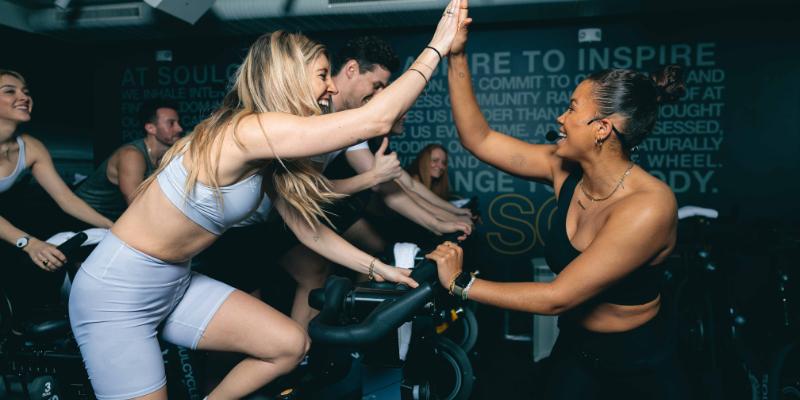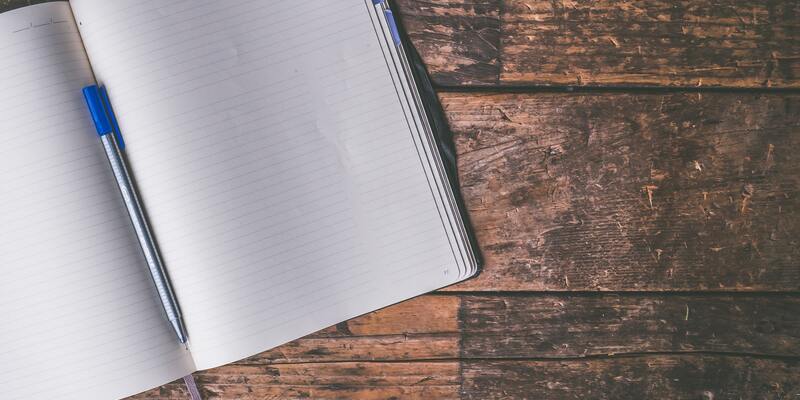Why you’re breathing wrong, and how to fix it

By Nate Thomas
•
Mar 29, 2023
Take a deep breath...
Why you're doing it wrong.
You’re about to step on stage for a presentation or keynote talk. Or you’re sitting at your desk, feeling the onset of overwhelm. Or maybe you’re about to take your driving test. What does conventional wisdom say you should do to ease the stress? Take a deep breath, of course.
Unfortunately, what conventional wisdom doesn’t tell you is that there are optimal and sub-optimal ways of taking that deep breath. Your technique could actually be making you feel worse.
Fear not, I’m here to teach you the ins and outs of taking a deep breath.
Before you jump in, let’s all take a deep breath. Yep, do it your way.
Register how it felt, where it was in your body, how easy or strenuous it was. Did it cause you to yawn? Or sigh? Do you actually feel better afterwards?
"To breathe properly is to live properly."
The science of a deep breath
The rabbit hole of breathwork science is stress-inducingly deep. But the key principles of this deep breath are reasonably simple. It’s likely that you opened your mouth to take a deep breath in. It’s also likely that you took a big, lovely, wholesome breath right up into your chest and shoulders.
These are the two most common mistakes I see as a breathwork coach and thankfully, they’re easily overcome. The majority of the blood sits in the lower parts of the lungs – the parts that sit right under your lower ribs. When you breathe up into your chest, the oxygen doesn’t make it down to the base of your lungs and the gas exchange (of oxygen into your bloodstream) can’t happen.
This basically means you’re not absorbing the oxygen at an efficient rate. Instead, you’re breathing air into largely dead space and then breathing the same air back out. This indicates that a low breath is more optimum than a high, or chest, breath.
The cakehole is for cake
Now, let’s also deal with the old open mouth. The yogis worked it out 5,000 years ago, western science has taken a deep dive into it far more recently. The results are the same.
The nose is for breathing. What else can you do through your nose other than breathe? Not much unless you happen to be the guy I saw drink milk through his nose and squirt it out his eye on the Guinness Book of Records once.
Nitric oxide (NO) is constantly secreted into your nasal cavity and when you breathe in through your nose, it gets picked up along the way. Why is that good? Because NO is a vasodilator – it opens up your vascular system and air sacs in the lungs.
It also spreads the blood evenly throughout the lungs, rather than it sitting at the bottom. Put simply, breathing through your nose increases your chances of absorbing oxygen – which is the whole point, right?
Try Airflow for free
Set aside time to be guided through proven breathing exercises by trained breathwork guides. These sessions are available live or on-demand, allowing you to join with other FLOWN members to energize your body and refresh your focus.
Deep breath = low breath
The biggest point to note here is that in the phrase ‘deep breath’, the deep means low, not necessarily big (I know, lightbulb moment). When taking a deep breath there are three key points:
Slow
Low
Through the nose
The nose forces your breath to become more efficient, it also uses your diaphragm and intercostal muscles (between the ribs) and not your neck, shoulders and chest. Yes, your breathing is contributing to your sore neck at the end of the work day!
"Breathing well means breathing more slowly and deeply."
Learn the ways of breathwork
In order to alter a learned physical habit, you need to create a new connection between your brain and your body. This is achieved by using touch. Let’s get those ribs moving…
Place your hands on your body: one on your chest, the other between your belly button and sternum
Practice breathing slowly, through the nose and into your lower hand before letting the chest expand
This is the feeling you’re looking for when you take a deep breath. A breath that begins with the diaphragm moving downwards – this gives the impression of the belly expanding – before the top of the lungs inflate. So, now you know the why, it’s down to you to practice the how. The next time you take a deep breath to ease rising stress levels, remember your new knowledge: Slow, low, nose.
Join FLOWN’s breathwork session
The effects of breathwork are best learned through feeling them. Join me for a guided deep breathwork session at 5.15pm on Wednesdays to truly experience the power of controlling your breathing.
It’s free for members – so sign up to FLOWN today.










